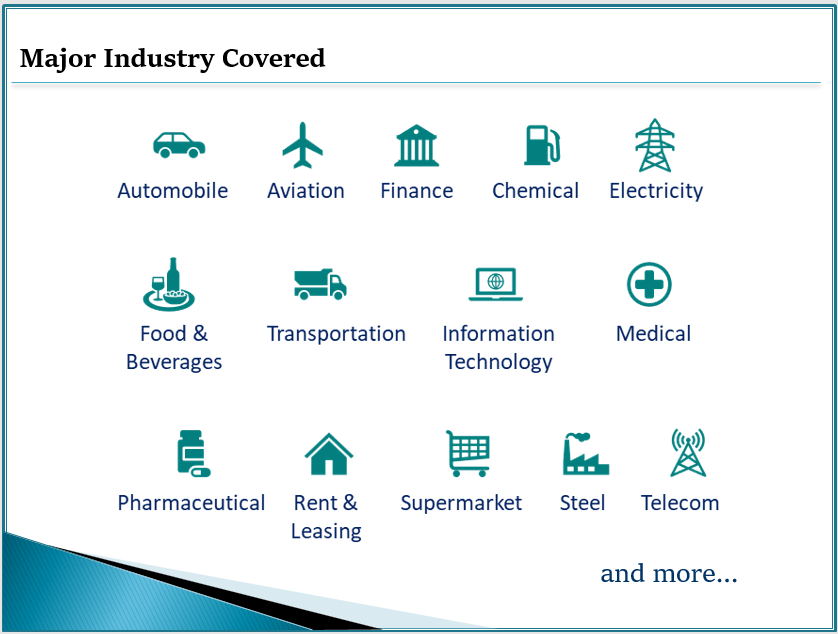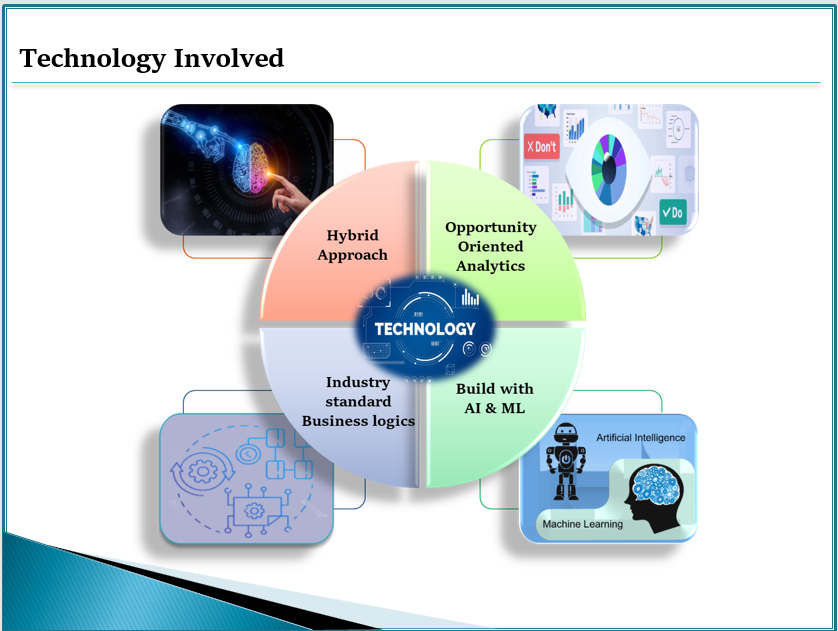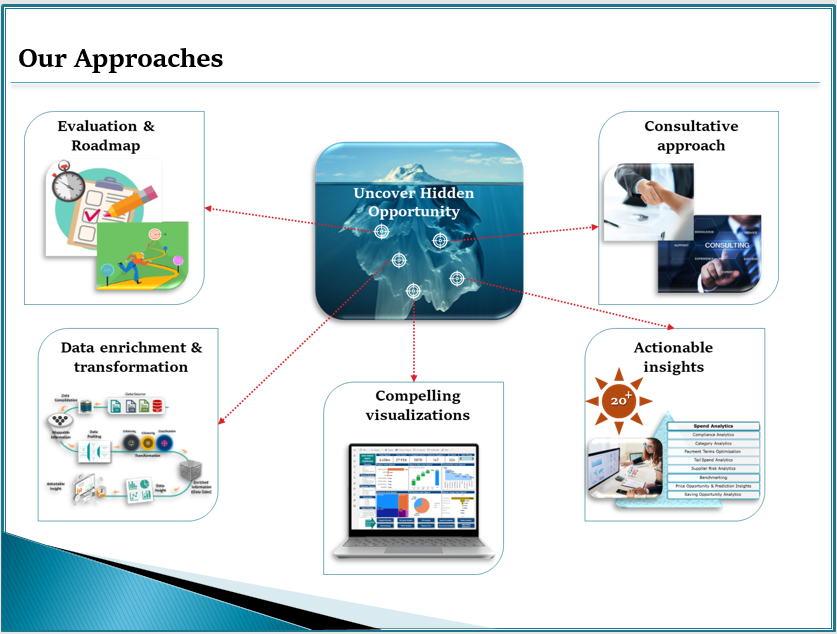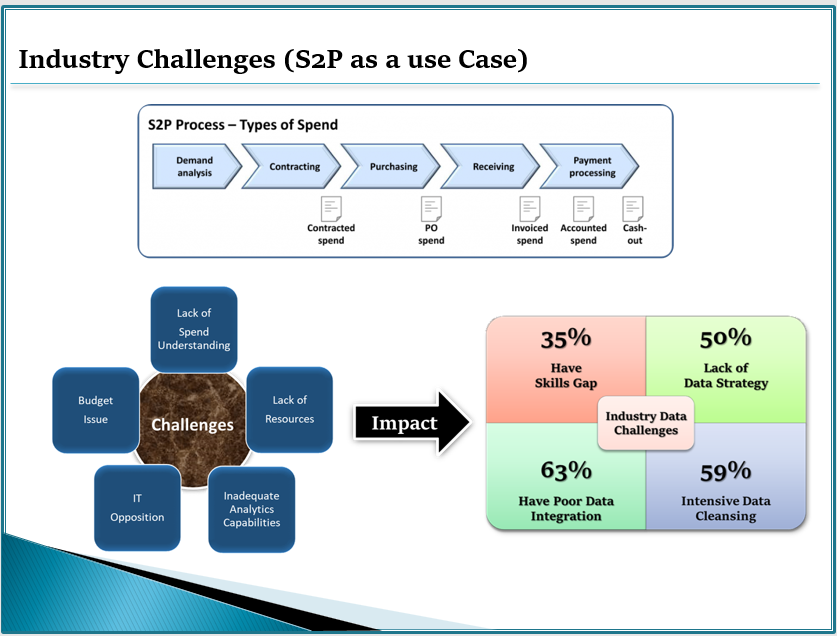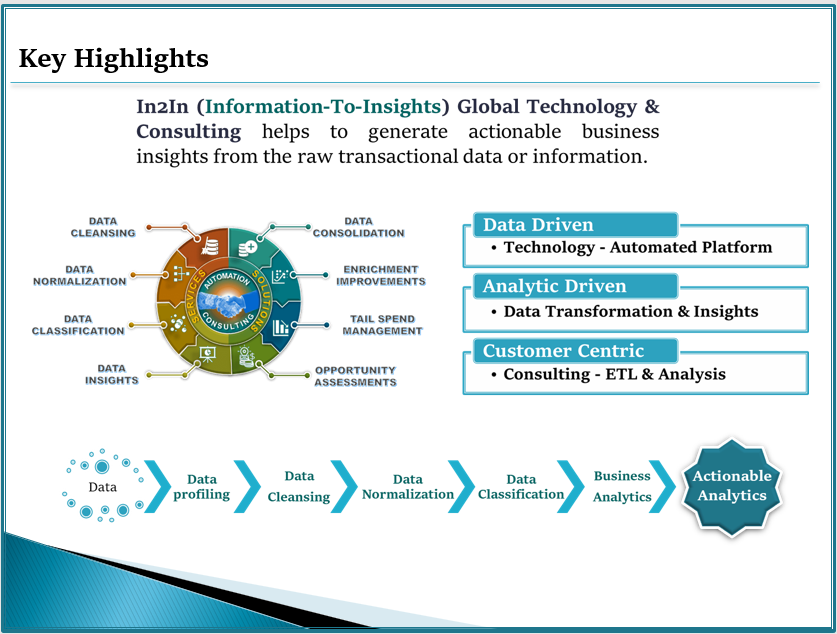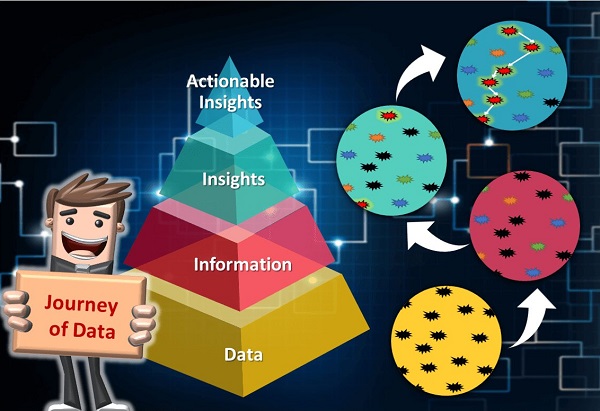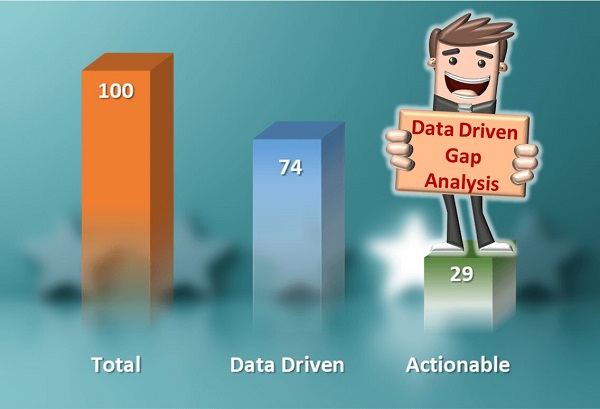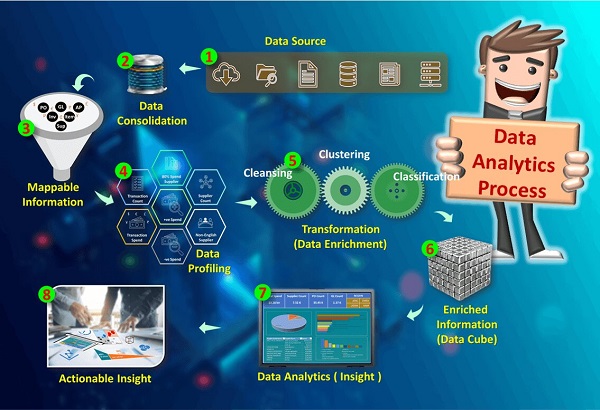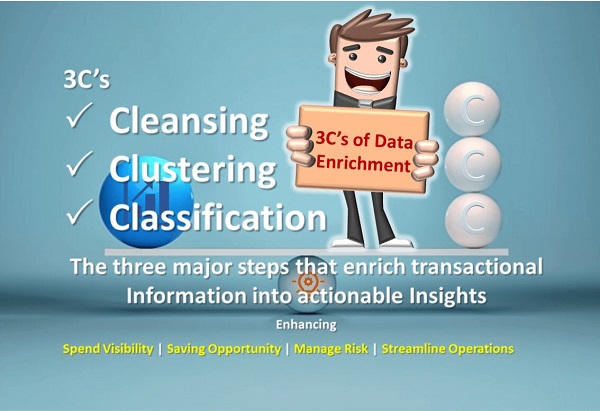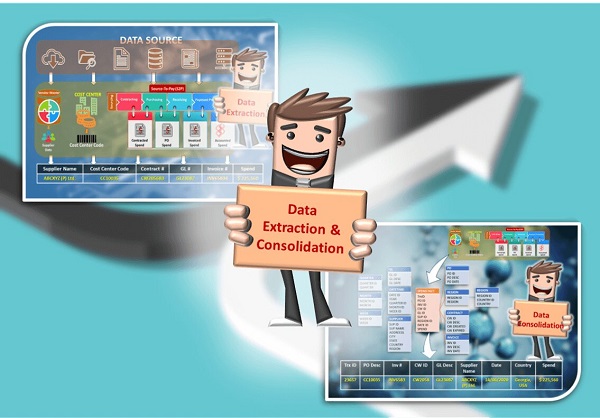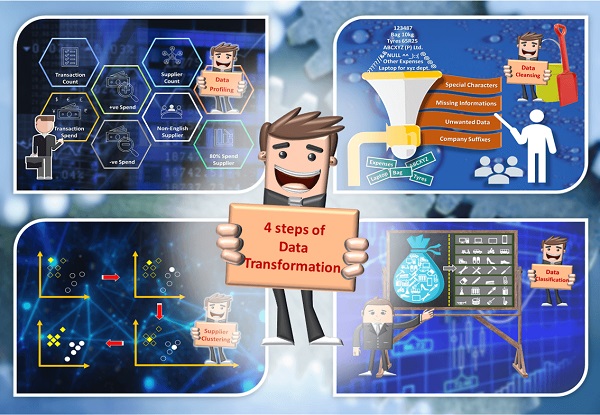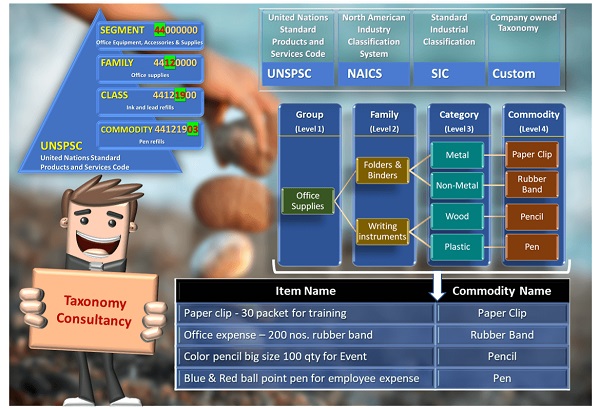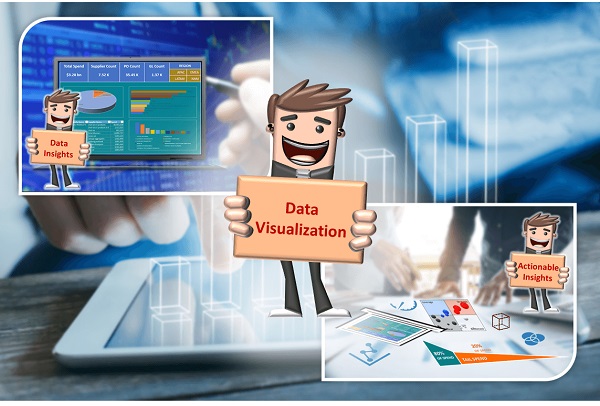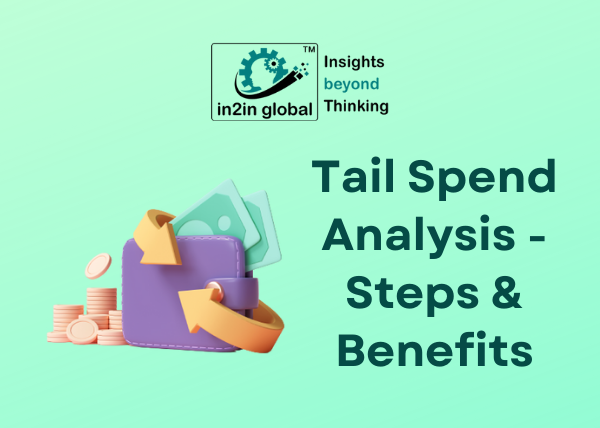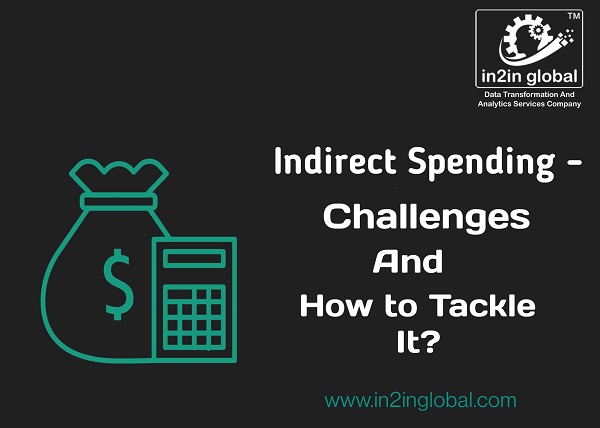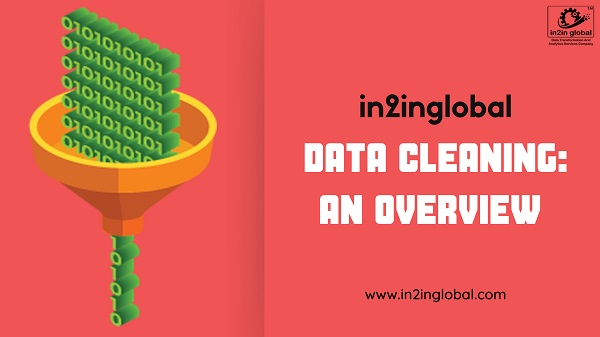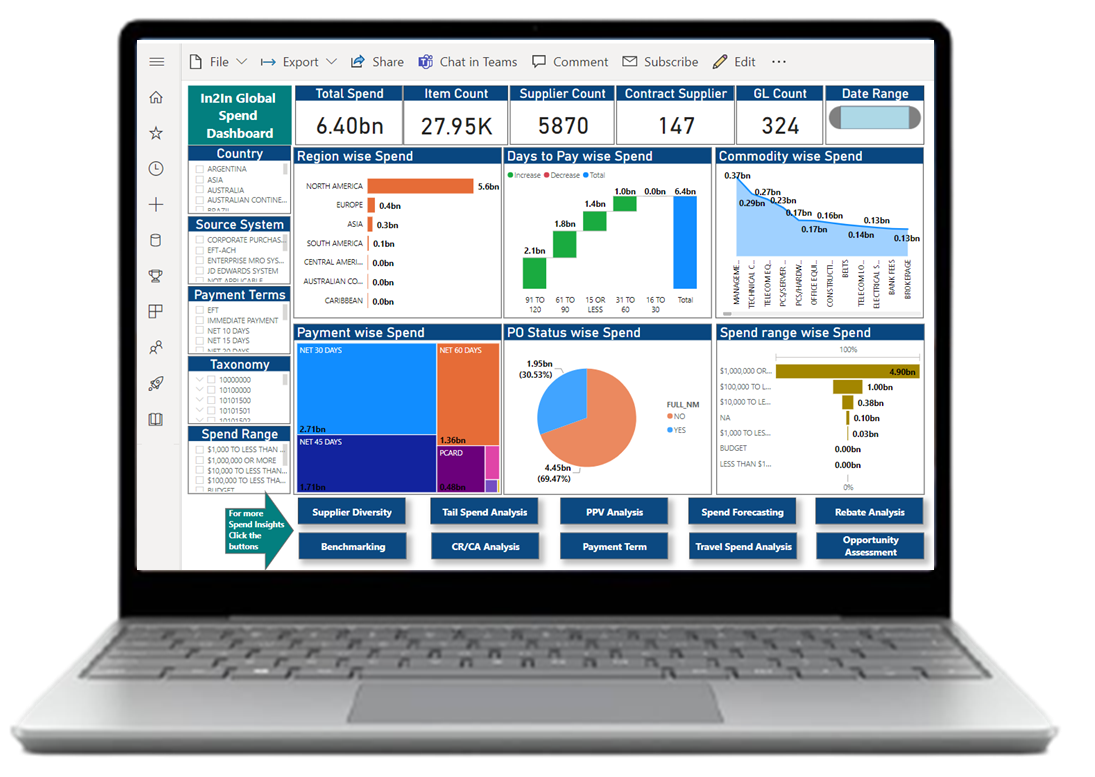Journey of Data
The most important element in driving a company's operations efficiently and successfully is making the correct business decisions, which originate from meaningful or actionable insights rather than transactional data. There are four steps in the data journey that lead to actionable insights :
- Data is the raw and unprocessed facts in the form of numbers and text, can be quantitative (measured) or qualitative (observed)
- Information is the processed, structured and human-friendly presented form of data
- Insights is generated by analyzing information and highlight conclusions
- Actionable Insights is the set of business insights to take the action immediately for a meaningful outcomes
Raw data, or unprocessed facts like numbers, letters, symbols, and pictures, are stored in a database. Once processed, structured, and aggregated, data becomes information. The information is processed and turned into reports, dashboards, and data visualizations. Finally, when a set of actions is chosen, insights become actionable insights.

